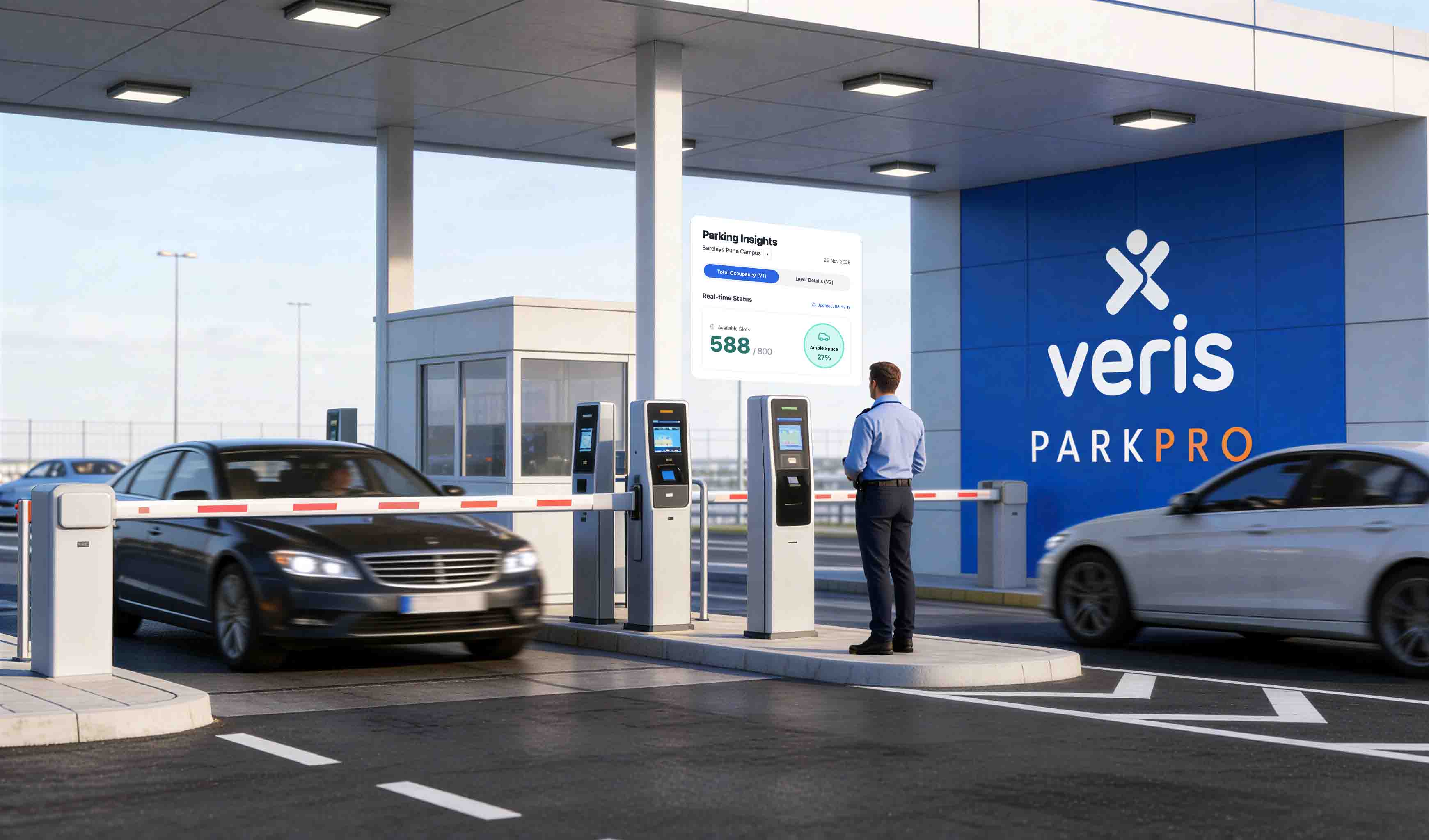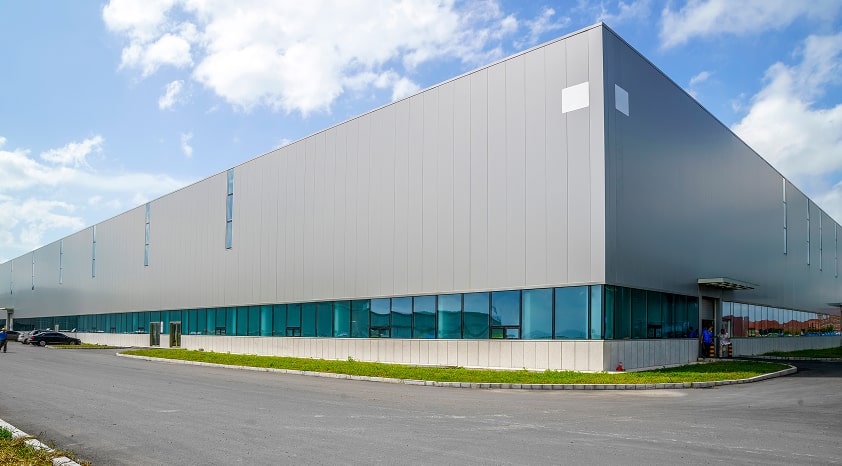Evolution is constant. Sometimes it can move at a glacial pace and sometimes it can happen in the blink of an eye. In this blog, we trace this evolution through time and look at how offices have evolved. From technology, and culture, to mental health, we covered everything.
The journey
How all of it started
Have you ever wondered sitting at work, thinking where it all started? What was the first office like? I am sure we all have thought this about exams. When it comes to offices we can trace the first ones to Ancient Rome. They had spaces, where people would come together and collaborate to do similar tasks.
To find the first offices that resemble the offices we see today, we will have to travel back to 1700s Britain, where for the first time dedicated buildings for offices were built. First of these was the Old Admiralty Building in London. Why was this office needed? Because the biggest company to exist in that day and age- East India Company did business all over the world. This left a massive paper trail. Paper trail that needed to be managed and stored. This led to the creation of a dedicated office.

This marked the beginning of companies having dedicated offices. This would have a snowball effect. Company culture, work-life balance, selecting a career path and even relationships, everything was now related to where you work and the place you called your office.
The 20th century
The 20th century was the wild-wild west of office evolution, as capitalism was embraced more and more and companies grew in size which meant offices had to adapt too. Initially, large offices had employees sitting in line. The idea was first to fit everyone in the office and second to make them as productive as they can be. The culture was strictly to work. This was referred to as Taylorism named after the mechanical engineer Frank Taylor. Today fun activities seem like an inalienable part of an office but that wasn’t the case.
Slowly early computers made their way, desks now had lesser paperwork and the click of the keypad became the background score of an office. This also saw a change in office space design in the 60s, 70s and 80s. The term industry was no longer associated with just factories and large-scale physical labour. The very definition of was going through a period of change. The offices of this era focused their planning on collaboration. These offices were called Action Plan offices or Burolanschaft. They gave employees the privacy of having their own space and designated areas where they could get together for collaboration or other leisurely activities.

The 80s saw the return of the Taylorism era style of office, this time it was called a Cubicle Farm. These designs sort to increase productivity and were seen as a norm.
With the dawn of the internet also came high-rise buildings and people moving farther away from home to work. The idea of working in the same city as you were born and making a life there was now long gone. Commute time to work, taking lunch boxes and planning your holidays were now a huge part of an employee’s life.

The 21st century
The turn of the century saw a breakthrough in terms of how we work. The Internet was no longer just a new thing, it was the ‘IT’ thing. It quickly became something the office and the world couldn’t live without. Offices could now connect at a much faster pace. Collaboration was simpler, sharing data was simpler and communication no longer had a delay. This was one of the major factors that fueled globalization.
There was also better connectivity between employees from different offices from different industries. Common social media platforms made the workforce more visible. Their issues such as wage differences, harassment at work, racism and long working hours were no longer whispers. There was a collective movement to improve the workplace environment. The workplaces evolved. Modern tech-enabled workplaces regularly strive to improve the experience for their employees.
The 21st-century office regularly finds ways to boost productivity but make it fun. There is also a growing emphasis on mental health. Workplaces of today are in no way perfect but there is a clear effort to make them more sensitive, inclusive and better to work at.
The role of technology
The influence of technology in influencing workspaces is not new. It has always been used to solve complex issues or to store data. Completely understanding what technology has done to our workspaces might be a mammoth task but it is a safe assumption that it has seeped into every part of our work life.

This means that throughout the entire employee journey from the moment employees wake up to get readied for work to the point they step out everything is digital. The way the modern office functions is also digital, from attendance, meals, desk booking, meeting, and security to essentially everything that is felicitated by technology. To understand this better let’s take an example of an FMCG that we helped in creating a completely digital and seamless for the perfect return to work experience.
What did we do?
- Made scheduling easy
As their post-pandemic hybrid workplace included people who worked remotely, from the office and with a hybrid set-up. Our Veris one app allowed all their employees to update their schedules on the work module. This allowed better management as the admins could be fully aware of everyone’s schedules. The app also comes with a Rostering option which allows the admins to reserve or restrict areas.
Learn how Veris desks can help you with scheduling!
- Collaboration-friendly
Collaboration was at risk of being affected because there were employees that were working at different schedules. For this, the employees on the app could just type the name of the colleague and see where they are sitting, and what their schedule looks like for the week and even book a meeting with them. The app also sends invites will all the necessary details.
Crucial integrations such as integrating meeting rooms that can be booked through the app with Zoom allow anyone to join a meeting from anywhere. This makes sure that collaboration is not being affected in any way.
- Creating the perfect digital journey
Veris created an entirely digital experience for the organization. The Visitor management system took care of the fact that the entry and exit process was seamless, quick and safe. The Veris work feature made sure desk booking and meeting room management were a hassle-free process and many key configurations that delivered exactly what the organization needed. In this way, everything that was needed could be found on the Veris app.
Learn how can you create the perfect visitor journey with Veris!
The modern workplace of today has been going through a renaissance and they are only going to become more and more tech-enabled. As technology takes up a much bigger role than it ever has, workplaces are becoming more dynamic. Meetings no are longer just in person, the office can be a couch at your home and creating the perfect employee experience is now a goal for every organization.





































.avif)
.avif)





